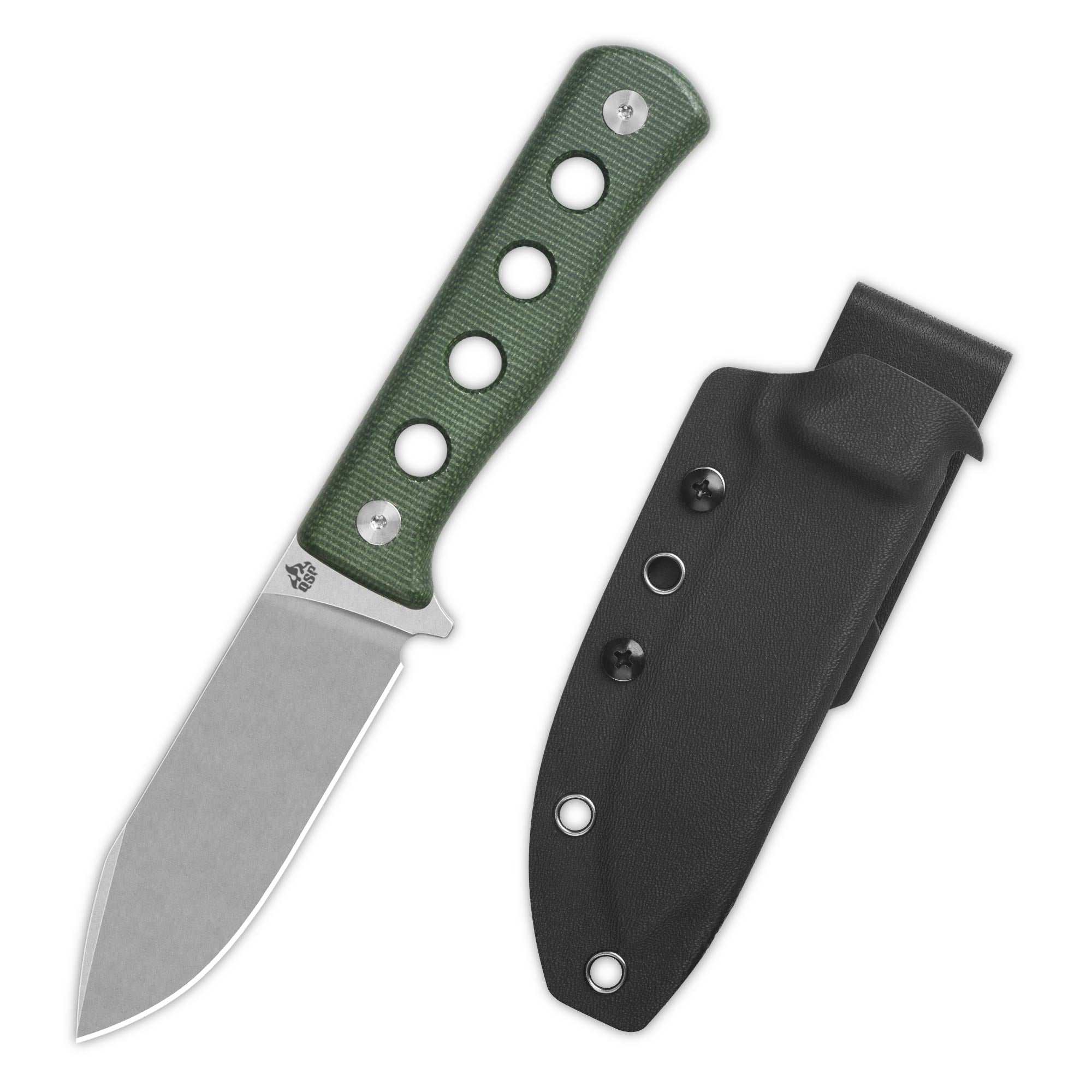Unlock the Secrets: Why Every Adventurer Needs a Fixed Blade Knife!
In the world of outdoor adventures, having the right tools can make all the difference. Among these essential tools, the fixed blade knife stands out for its unparalleled reliability and versatility. Unlike folding knives, which can be more convenient for pocket carry, fixed blade knives offer a robust construction that provides consistent performance in demanding situations. Whether you're camping in the wilderness, hiking through rough terrain, or preparing for an emergency survival scenario, a fixed blade knife is an indispensable companion. This article will delve into the various features and benefits of fixed blade knives, equipping you with the knowledge to choose the best one for your adventures.

Understanding Fixed Blade Knives
Fixed blade knives are characterized by their blades that do not fold into the handle. This design not only enhances their strength and stability but also makes them easier to clean and maintain. Typically, a fixed blade knife features a full tang construction, where the blade extends through the entire length of the handle, offering superior balance and durability. This is in stark contrast to folding knives, which rely on hinges that can weaken over time. The simplicity of the fixed blade design means fewer moving parts that can fail, making them a reliable choice for adventurers who may find themselves in challenging situations. From seasoned hunters to novice campers, understanding the fundamentals of fixed blade knives is essential for making informed choices in the great outdoors.
Key Features of Fixed Blade Knives
When selecting a fixed blade knife, several key features should be considered. First, the blade material plays a crucial role in the knife's performance; high-carbon steel offers excellent edge retention and ease of sharpening, while stainless steel provides corrosion resistance, making it ideal for wet environments. The length of the blade is another important factor; longer blades might be better for tasks like chopping and slicing, while shorter blades can offer more control for detailed tasks. The handle design should also not be overlooked; ergonomic handles provide a secure grip, which is vital for safety and efficiency. Lastly, the overall weight of the knife can affect portability; a lightweight knife is easier to carry on long hikes but may sacrifice robustness. Each of these features influences usability and performance, so it is essential to assess them based on your intended activities.
Benefits of Using a Fixed Blade Knife
Fixed blade knives come with a host of benefits that enhance their appeal to outdoor enthusiasts. One of the primary advantages is their strength; without the mechanical complexity of folding mechanisms, these knives can handle heavier tasks like batoning wood for fire starters or preparing game. Moreover, they require minimal maintenance—since they don't have moving parts, there are fewer chances of failure due to wear and tear. In emergency situations, a fixed blade knife can be a lifeline, whether you need to build a shelter quickly or defend against wildlife. I remember a camping trip where a friend used his fixed blade knife to help us cut through thick vines when we got lost on a trail, showcasing its practicality and reliability during an unexpected challenge. Such experiences underline the importance of having a dependable tool at your disposal.
Choosing the Right Fixed Blade Knife for Your Adventure
Selecting the best fixed blade knife for your outdoor activities involves understanding your specific needs. For camping, you might prefer a knife with a longer blade for versatile use, while for hiking, a compact knife could be more appropriate for portability. In survival situations, consider a knife with a robust build and a full tang for maximum strength. The weight of the knife also matters; a heavier knife might be better for heavy-duty tasks, while a lighter option is easier to carry over long distances. Additionally, think about the intended use—are you planning to use it primarily for food preparation, shelter building, or self-defense? Evaluating these factors will help you choose a knife that aligns perfectly with your adventures, ensuring you’re well-prepared for whatever the wild throws your way.
Final Thoughts on Choosing Your Perfect Fixed Blade Knife
In conclusion, fixed blade knives are invaluable tools for any adventurer, combining strength, reliability, and versatility into one package. From understanding their unique design to recognizing the key features and benefits, it's clear that these knives can significantly enhance your outdoor experiences. Whether you're embarking on a camping trip, navigating rugged trails, or preparing for an emergency, having the right fixed blade knife can offer peace of mind and practical advantages. As you gear up for your next adventure, consider integrating a fixed blade knife into your toolkit—it's a decision you won't regret.








